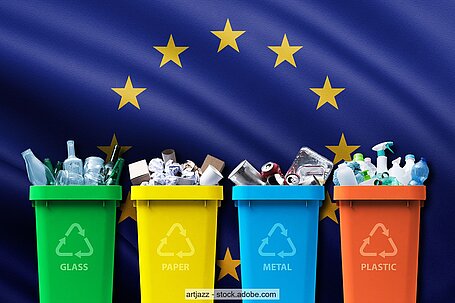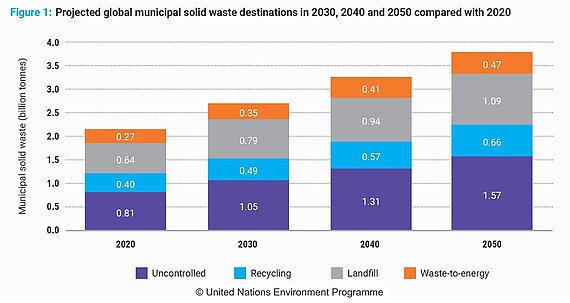
Despite all of the efforts made to accelerate the transition to a circular economy, secondary raw materials make up a smaller share of total consumption now than they did a few years ago. Just 7.2 per cent of the materials consumed last year were not extracted materials, according to the Circularity Gap Report 2024, recently published by the Circle Economy Foundation and the consulting firm Deloitte. This meant that the level of global circularity was unchanged from 2022’s rate after reaching 8.6 per cent in 2020 and 9.1 per cent in 2018.
At the same time, the report makes it clear that global raw materials consumption is accelerating. All told, roughly 580 billion tonnes had been consumed in just the last six years. By way of comparison, an estimated 740 billion tonnes of raw materials were used in the entire 20th century.
The authors note that the transition from a linear to a circular economy promises huge positive effects. For instance, a circular economy could reduce harmful emissions by around 40 per cent. But, the policies and legal frameworks were still not in place to create incentives for circular activities and products, the report noted.
The report sets out a series of measures to take in various areas, especially related to three key systems: food, the built environment, and manufactured goods. The recommendations include financial and tax incentives, creating "true" prices that incorporate the social and environmental costs of a product or service, and creating a skilled and trained workforce.
"To ensure the transition to a circular economy is just and fair, circular solutions must be designed with the world’s most vulnerable populations in mind, then these solutions will reduce inequalities across workforces and increase job opportunities worldwide," remarked Ivonne Bojoh, CEO of the Circle Economy Foundation.
The Foundation is a not-for-profit organisation supported by a number of multinational organisations and banks as well as by foundations with close ties to the business community.



